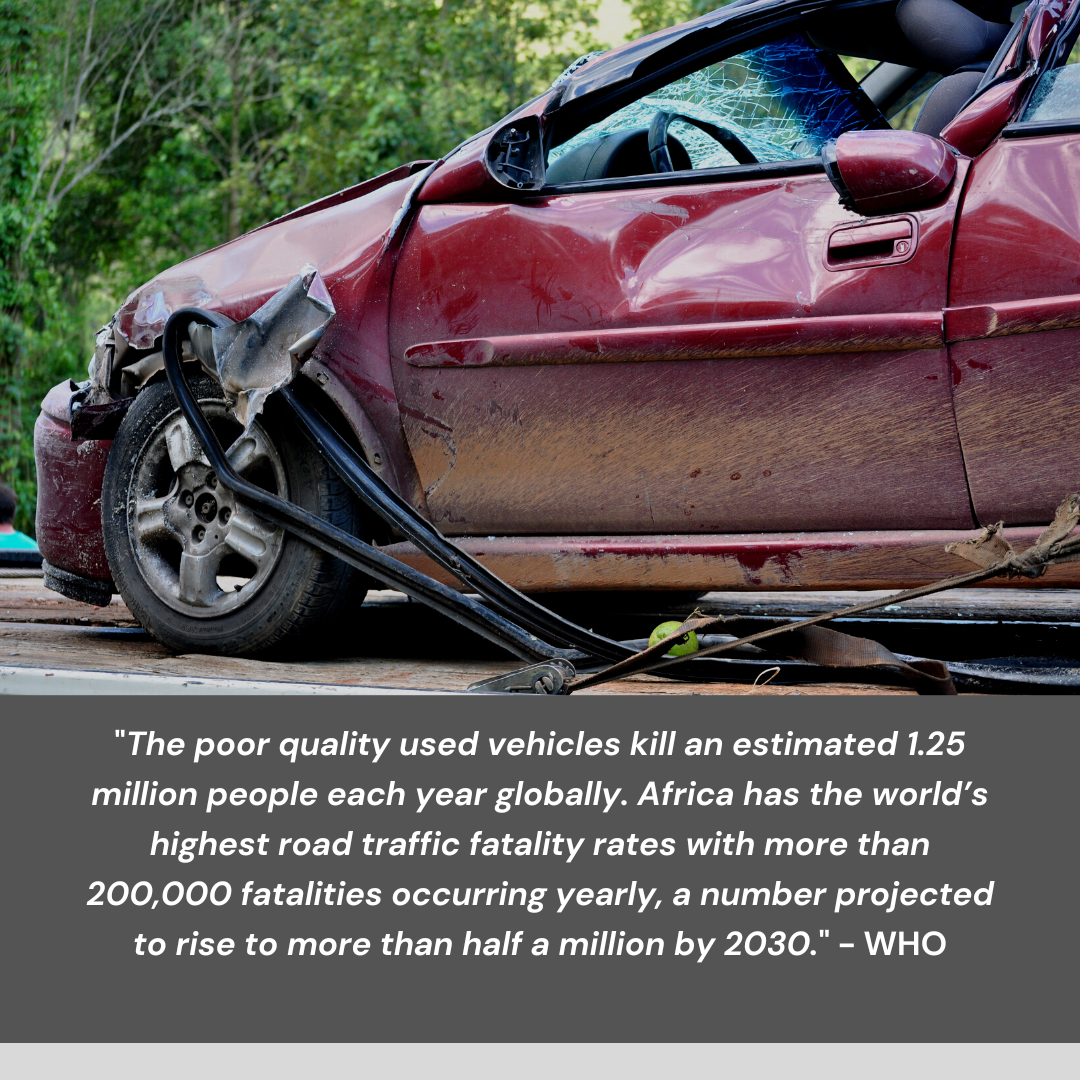Used Vehicles in Africa: Environmental and Climate Threat
The African continent has become the dumping ground for used and poor-quality fleet vehicles, imported primarily from developed countries of Europe and North America. This expanding phenomenon is impacting not only the African environment and public health, but also adding to the global challenge of environmental pollution, hindering efforts to mitigate the effects of climate change.
The majority of the used vehicles imported into the continent are old and outdated models that would have been banned from use in the countries they originated from. These vehicles emit harmful pollutants and chemicals, including greenhouse gases that contribute to global warming and climate change. Despite the efforts being made by African nations to reduce emissions by building sidewalks and opting for electric mode of transport, the poorly maintained roads coupled with the lack of proper waste management systems, result in the release of toxic chemicals into the air, soil and water contributing to the long-term impacts of climate change.
In recent times, young people especially the Gen Z are taking a stand against the importation of used vehicles, which continue to endanger the environment and their future. Thanks to the digital growth and easy access of education and information, with a heightened awareness of the environmental impact of these vehicles, African youths are taking action to address the issue and push for change not only locally but to a global space.
One of the major ways African youths are addressing the problem is through education and advocacy. The use of social media, community meetings and other platforms to spread the word about the dangers of used vehicle imports. They are sharing information about the environmental impact of these vehicles and the need for more stringent regulations to protect the environment and public health. According to the United Nations, the transport sector is responsible for nearly a quarter of all energy-related greenhouse gas emissions. This puts the continent at high risk in terms of health and the worsening climate change effects.
African youths continue to take action through development of sustainable transportation solutions. Through the creation of alternative modes of transportation such as electric bikes and vehicles, that are more environmentally friendly and promote sustainability, youths continue to advocate for investment in public transportation infrastructure, such as mass transit systems and bike lanes, to reduce the reliance on individual car ownership.
Despite the efforts from the young population to help in combating the phenomenon, lack of proper regulations and standards for importing used vehicles, weak regulation policies continue to heighten the problem. Lack of oversight during importation and corruption has made the influx of these vehicles in the continent to add. This poses a major threat to public safety, as the vehicles are often poorly maintained and prone to mechanical failure. According to the World Health Organization, the poor quality used vehicles kill an estimated 1.25 million people each year globally.
The continent has the world’s highest road traffic fatality rates with more than 200,000 fatalities occurring yearly, a number projected to rise to more than half a million by 2030. There is an urgent need for greater regulation and stricter standards in the importation of used vehicles in the African continent. It is also important for developed countries to take responsibility for their role in exporting environmental hazards to the developing world and work towards reducing the negative impact their actions have on the environment and public health of more than a billion people.


